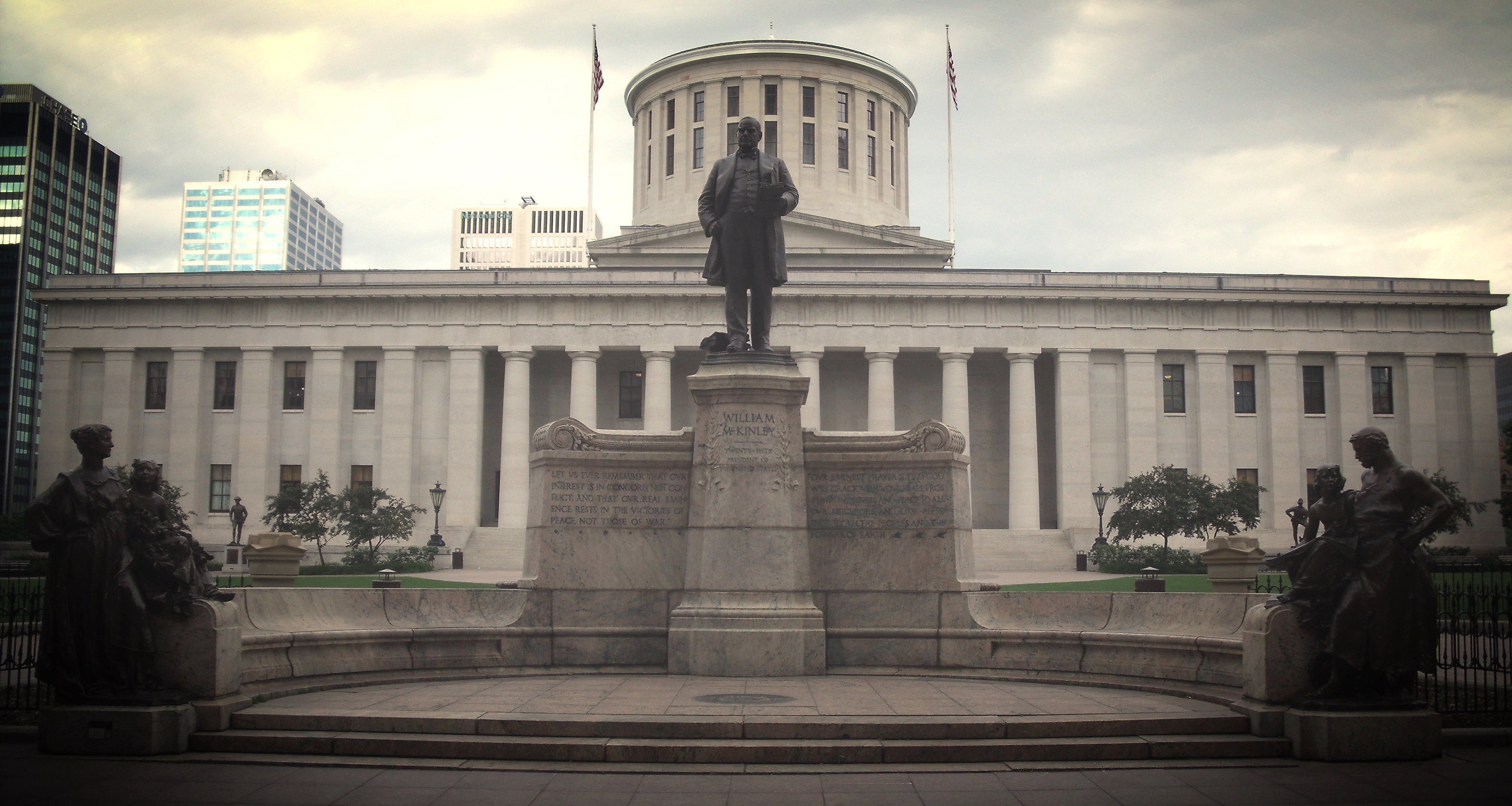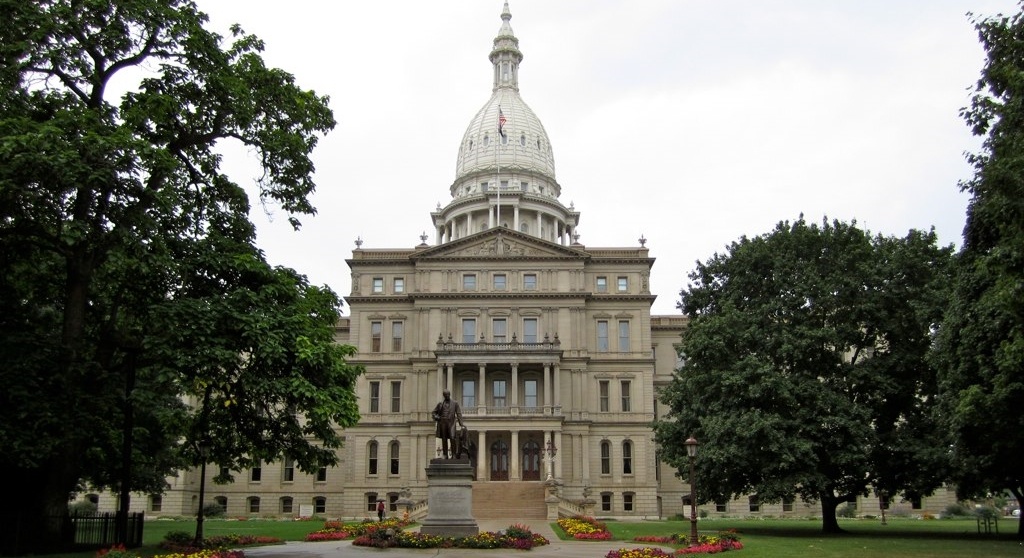
Many of us spend New Year’s Eve watching football, especially ESPN’s rewind of the top 10 plays of the year. It may not be SportsCenter, but here is AEE’s top five list of state policy victories, setbacks, and stalemates for advanced energy in 2015 – many of them on issues that will carry over into the new year. As a highlight reel, it may leave something to be desired. But replaying this year’s skirmishes might just help the advanced energy industry and its allies prepare for the next round of battles in 2016.

Number 5: Victory for Energy Efficiency in Pennsylvania
Late this spring, the Pennsylvania Public Utilities Commission (PUC) released its Final Order on Phase III of Act 129, the state’s energy efficiency law. The final order was a big victory for energy efficiency in the Keystone State. Here are the key components of Phase III:
- The commission extended Act 129 an additional five years – the longest phase yet, and one of the longest authorizations for energy efficiency (EE) programs in the country.
- The final order returns demand response (DR) to the Commonwealth’s EE programs, with participants allowed to take advantage of DR in both the PJM marketplace and under Act 129.
- Finally, the PUC decided to expand the Total Resource Cost test, which measures the cost-effectiveness of proposed programs by the utility, to recognize savings from reduced fossil fuel and water use.
With this victory for energy conservation, Pennsylvania can build upon the $231 million in savings from 2014, as the Commonwealth can expect to save 6.6 million MWh of electricity over the five-year life of Phase III. Continuing this program will also be a win for Pennsylvania’s economy, providing market certainty for a segment of the advanced energy industry that currently employs 57,000 people at more than 4,200 companies.

Number 4: Kasich Says ‘Not So Fast’ to Permanent Freeze
On September 30, the Ohio legislature’s Energy Mandates Study Committee released its long awaited report on the future of the state’s renewable energy and energy efficiency mandates. Not surprisingly, the committee played true to form and recommended that the current two-year freeze become permanent, which would put advanced energy programs in the state on ice indefinitely.
But then Gov. Kasich entered the fray. By calling extension of the freeze “unacceptable,” he effectively shut down the legislative effort to do away with energy efficiency and renewable energy – at least for the time being. Adding to the Ohio energy drama is the recent news that utility FirstEnergy has reached a settlement agreement in which its aging (and uncompetitive) coal fleet would get new life via an eight-year power purchase agreement.
No one knows how this will play out in the 2016 legislative session, but we do know that all parties will come to play in this high stakes game over Ohio’s energy future. To that end, AEE and our state partner, Ohio Advanced Energy Economy, are busy preparing for the debate to resume in earnest after the New Year.

Number 3: North Carolina Scraps Solar Tax Credits
For the past four years it would have been impossible to list the top energy fights in the nation without referencing the attacks from Americans for Prosperity, the American Legislative Exchange Council, and their legislative allies on North Carolina’s renewable energy and energy efficiency standard (REPS).
The good news is that the end result of this year’s attack on the REPS is no different than in past years, with those who oppose advanced energy turned away again. The bad news, though, is that, in final budget negotiations, the state’s uber-successful solar tax credit was allowed to expire.
AEE joined our state partner, NCSEA, in fighting to extend North Carolina’s Renewable Energy Investment Tax Credit (REITC). Unfortunately, the tax credits were part of the larger, very contentious debate over the state budget, and were not extended past their expiration date at the end of this year. As a result, the only projects qualifying for the tax credit this year are those with “the minimum percentage of the physical construction of the project constructed” by the end of this 2015, setting off a flurry of 11th-hour solar construction in order to qualify, but with the future unclear.
While the results of the North Carolina legislative session were a step back for the industry, corporate purchasers of renewable energy and advanced energy advocates are gearing up for an effort to find new avenues deployment in the state in 2016.

Number 2: Michigan Debates its Energy Future
Driven largely by a projected capacity shortfall in the Upper Peninsula and the sunset of Michigan’s Renewable Portfolio Standard (RPS), energy policy has been one of the dominant themes of the 2015 legislative year. Legislative proposals have been developed and debated in both the House and Senate that would dramatically alter the way utilities are regulated in the state, limit the ability of consumers to determine where their energy comes from, and threaten the future role of advanced energy in meeting the state’s energy needs.
Advanced Energy Economy and our partner, Michigan Energy Innovation Business Council (Mi-EIBC), have been actively engaged at every stage in this debate to protect the interests of our industry. We have hosted five lobby days with more than 120 legislative meetings to bring the advanced energy industry’s voice directly to the debate in Lansing.
While the end result of this debate is still weeks, or likely months, away, we do know that much progress has been made due to our efforts. Last month, the House Energy Policy Committee moved legislation (HB4296 and HB4298) that would alter the energy choice market, transition the RPS from a standard to a voluntary goal, and extend the Energy Optimization Standard to 2022. AEE and Mi-EIBC are continuing to push for improvements to the energy package, including tightening the language around the RPS goal, enabling market access for advanced energy firms via a competitive procurement process for new generation units, and ensuring that the energy efficiency agreements made in committee are adopted when the legislation comes to the House floor.
And now – drum roll, please – the top state policy battle of the year:

Number 1: California Goes Even Bigger on Advanced Energy
In January, Gov. Jerry Brown announced a plan to extend California’s landmark climate and energy goals to 2030. The Governor called for strengthening the state’s renewable energy and energy efficiency goals and for steep reductions in the use of petroleum. Legislation was introduced by Senate President Pro Tem Kevin de León in the form of SB 350, which called for raising the RPS to 50%, increasing efficiency in existing buildings by 50%, and reducing petroleum usage by 50%.
The legislation passed on September 11, at the very end of the legislative session, minus the reduction in petroleum use, after ferocious pushback from oil interests. A related bill, SB 32, which would have extended greenhouse gas-reduction goals to 2030, was held over until 2016, and AEE will be supporting its passage. But the legislation that passed this year is a huge victory for the advanced energy industry and AEE members, as SB 350 provides much needed regulatory certainty and a clear market signal for businesses beyond 2020.
Don't miss any of AEE's year-end round ups! Sign up for AEE Weekly now!
